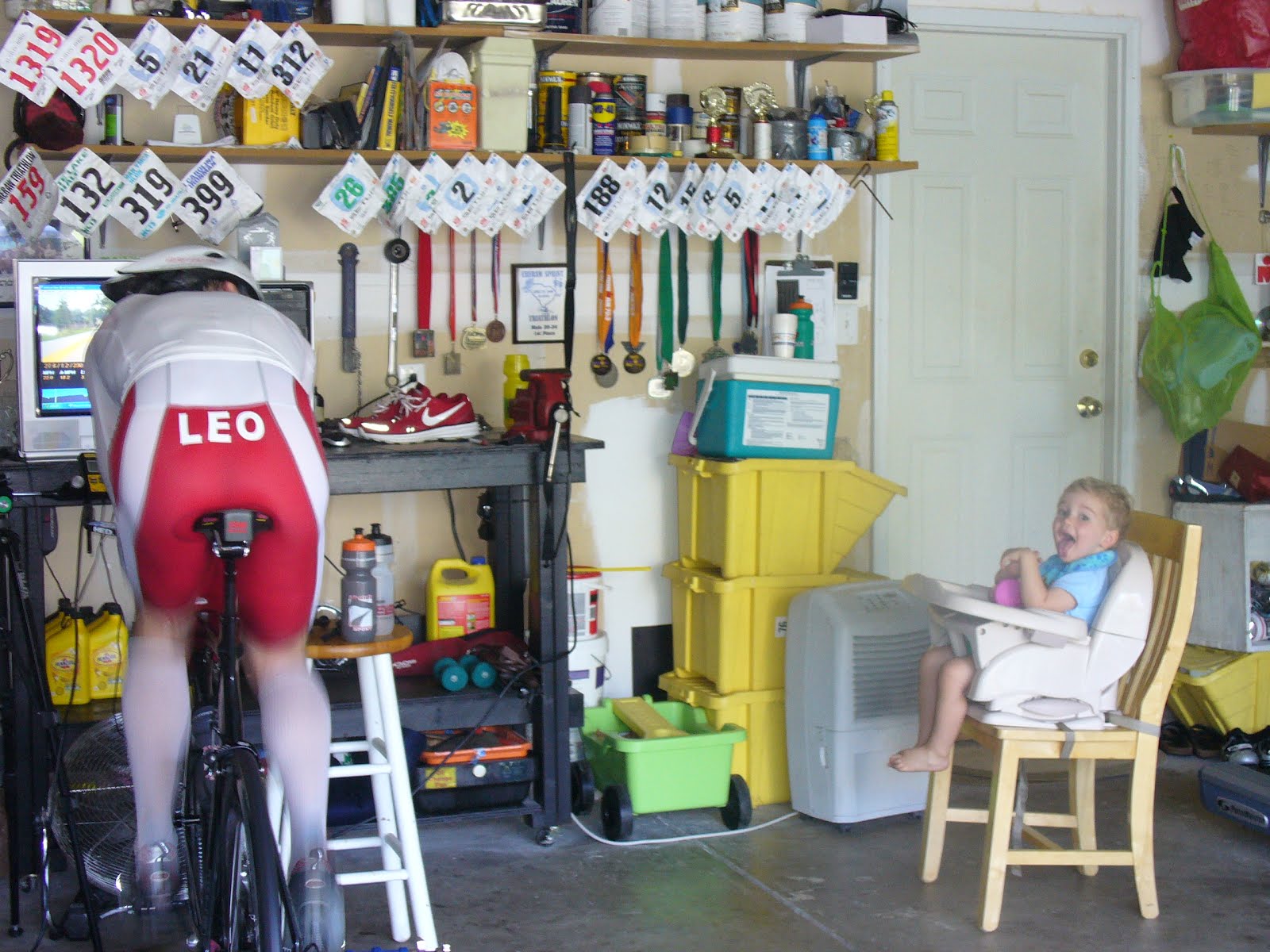As I was working through this test many things came to mind:
(1) It hurts to push 5:45 to 6 min for 3 miles x 3 w/ 5 minutes of recovery per effort.
(2) The body wanted to slow down, but I/we had to resist.
(3) The acute stimulus was performance enhancing.
As a coach I am always considering and testing new methods to produce favorable results for my athletes. This Saturday was a learning experience for me for I had never broken down my 'long runs' into smaller segments and run them at a pace I would normally save for 8K/10K efforts.
Granted, 9 miles is not a 'long run', but it certainly felt long after pushing close to sub 6 pace for 53 minutes and 27 seconds.
After consuming this effort I was left to consider the value of running the same distance continuously at a much slower pace. More specifically, I started to evaluate how I prepared for Ironman Louisville this year. I confess, I stuck to the default of running 13 to 18 miles with only aid station 'stops' to fuel. Looking back now I wish I had done more acute fatigue inducing efforts to better prepare me for IML.
Why would I consider such an approach?
Simple answer. At IM/Marathon events it all comes down to being able to maintain pace and to fight off fatigue. The athlete who is able to fight off fatigue best will be most likely to hold consistent splits and avoid the dreaded 'IM Shuffle'.
So, given that simple fact above I had an 'aha moment'. Why would I not do more broken interval sets at a much faster pace then a typical long slow distance run?
For those who are wanting to see marked improvements in their racing performance I would lean toward doing:
4 x 5 mile efforts at 10K to 1/2 marathon pace w/ 5 min recovery
vs.
20 miles continuous at marathon pace
I see value in creating a stimulus that will promote the greatest physiological gain for my athlete. With this intensity, however, comes increased risk for injury. So, one must consult with their coach on the WHEN within the season for such intensive efforts.
Here is a brief list of favorable physiological adaptations that will occur per taking part in LT (Lactate Threshold) based intervals as mentioned above:
(1) Improved fatigue resistance at faster then normal pace
(2) Increased muscle mitochondrial enzymes
(3) Increased lactate threshold
These are the top three adaptations I see coming from these efforts. I see these as trumping the adaptations seen at Long Slow Distance (LSD) efforts.
Looking forward to sharing my experience with the TRX Suspension Training Course that Anne and I took part in this Sunday.
Train smart friends,
Coach L

Thanks for setting up the run. I found that I ran it much closer to a 5K pace rather than the pace I would normally run 9 miles.
ReplyDeleteWe often have a preconceived idea how fast we can run a particular distance. Obviously we took breaks, but we somewhat tricked ourselves into running a 9 miler at nearly 5K pace, which was a good thing.
4x5 MILE efforts? Seems a bit much, especially with an additional 20 minutes of recovery running/jogging in there. 2x20 minutes/3x12 minutes, 30/20 in the middle of long runs has tended to help me the most and wouldn't destroy me like 4x5 miles at 10k/13.1 pace.
ReplyDeleteLove the feedback friends. Thanks for sharing!
ReplyDeleteMU, yes, as I evaluated my splits I did find that the intensity was a bit up. If I had rested legs I would have knocked on the door of 5K intensity. The mind can really hold us down as you eluded to.
JH, thanks for your feedback as well. NO doubt a 4 x 5 would be intense. Not for everyone, but could certainly fit the athlete who has earned the fitness to absorb such a loading. Dig your suggestions for sure. As we all know, there is plenty of wiggle room to play with the "I Factor"; intensity.